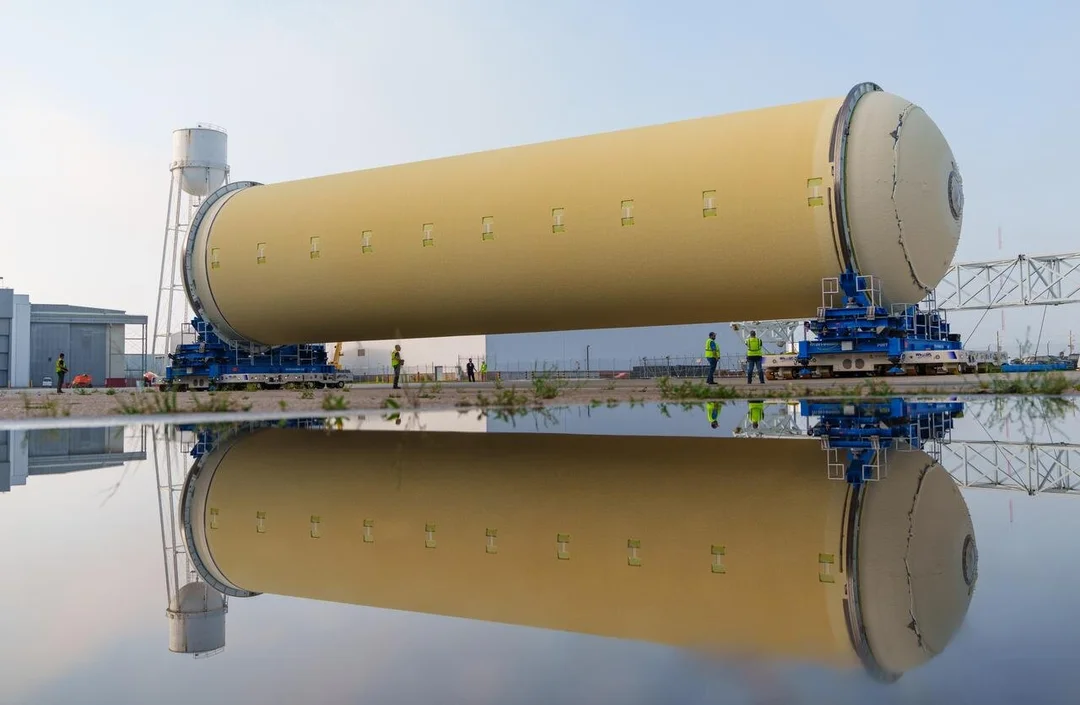
NASA Advances Artemis III Mission with Thermal Protection System on SLS Rocket
NASA has achieved a significant milestone in preparing for the Artemis III mission by applying a crucial thermal protection system to the core stage's liquid hydrogen tank of its Space Launch System (SLS) rocket. This marks a vital step forward in the agency's ambitious plans to send astronauts to the lunar South Pole and pave the way for future crewed missions to Mars. The successful application of this system underscores the importance of thermal management in ensuring the safety and efficiency of space missions.

The task was carried out at NASA’s Michoud Assembly Facility in New Orleans, where teams meticulously applied the thermal protection system to the liquid hydrogen tank. According to NASA, this tank is the largest piece of SLS flight hardware insulated at Michoud. The system is essential for maintaining the liquid hydrogen at a frigid minus 423 degrees Fahrenheit before launch and protecting the rocket from extreme temperatures during launch and ascent.
Jay Bourgeois, thermal protection system, test, and integration lead at NASA Michoud, emphasized the critical role of this system: "The thermal protection system protects the SLS rocket from the heat of launch while also keeping the thousands of gallons of liquid propellant within the core stage’s tanks cold enough. Without the protection, the propellant would boil off too rapidly to replenish before launch."
In February, NASA and Boeing, the SLS core stage prime contractor, completed applying thermal protection to the external structure of the liquid hydrogen propellant fuel tank, utilizing a robotic tool for a large-scale operation. This robotically controlled process involved coating 107 feet of the tank with spray-on foam insulation in just 102 minutes. The initial canary yellow color of the foam transforms into the signature orange hue due to the sun's ultraviolet rays, reminiscent of the space shuttle external tank.
This application presented unique challenges, as it was the first time the foam was sprayed horizontally on large components at Michoud, a departure from the vertical application used during the Space Shuttle program. Boeing's Brian Jeansonne noted the improved process controls and specialized technicians overseeing the operation, underscoring the precision and care involved.
The core stage of the SLS is the largest NASA has ever built, measuring 212 feet tall with a 27.6-foot diameter. The liquid hydrogen and liquid oxygen tanks will fuel four RS-25 engines for approximately 500 seconds, propelling the SLS to low Earth orbit before separating from the upper stage and the Orion spacecraft.
Artemis III builds on the Artemis II mission by adding the human landing system and advanced spacesuits, with intention to enable astronauts to explore the lunar South Pole.
What lasting impact will these advancements in thermal protection have on future space exploration endeavors? What are your thoughts on the progress of the Artemis program? Share your opinions in the comments below.